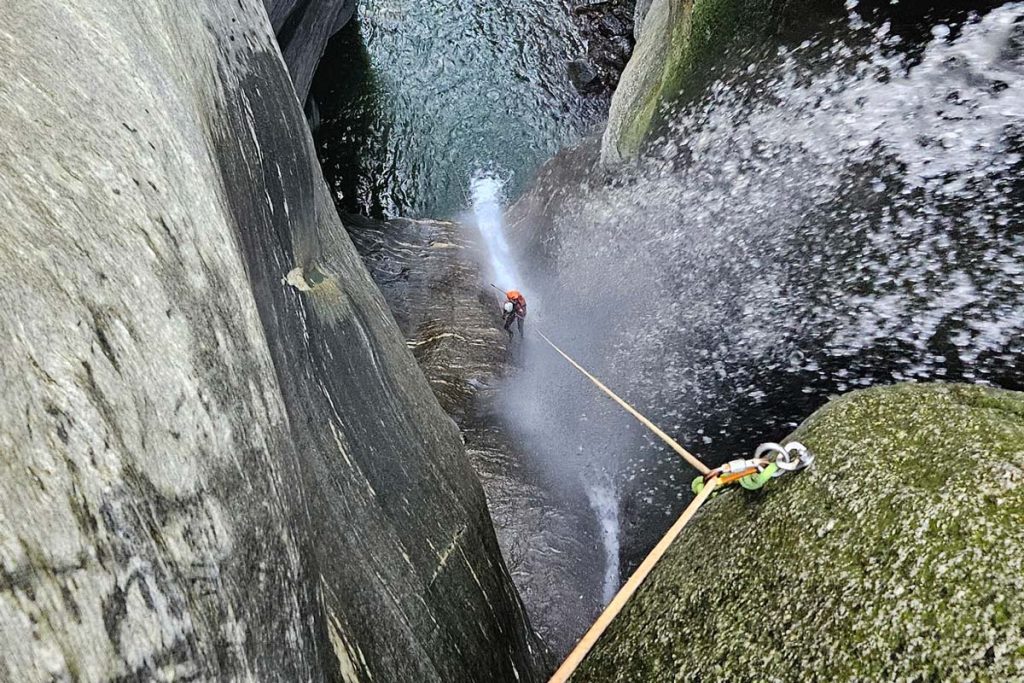The publication of the UIAA Standard 110 for Static Ropes heralds the latest achievement of the UIAA Safety Commission. It was approved at the Commission’s 50-year anniversary meeting in Chamonix in April following five years of intense efforts from a dedicated working group, composed of delegates from various climbing, mountaineering and rescue federations, technical experts, rope manufacturers and testing laboratories.
Standard 110 will be joined shortly by Standard 171 for Via Ferrata Construction as well as updates to five existing Standards as outlined here. The delivery of these updates has been achieved in parallel with the impressive and ongoing work in the field of rock anchors and bolting for which a dedicated library of assets for climbers, bolters and gear manufacturers is available.
“The process to establish a new Standard was complex and very thorough, for example it took us several meetings to come to an agreement first on the scope, which is the root of the Standard and then eases the discussions about technical requirements and test methods.”
Lionel Kiener (SAC, Switzerland), UIAA Safety Commission President
“Static ropes have evolved as rope technology has advanced. And the way we use these ropes has evolved. This revolutionary standard has no minimum diameter, a first for global rope standards. It focuses on performance and ensures minimum requirements focused around supporting human life – anyone using ropes only certified to an accessory cord standard is missing out on real important guarantees that come with this Standard.”
Stephen Gladieux (USA, American Alpine Club), UIAA Safety Commission Working Group Lead for UIAA Standard 110
Photo credit: Marc Beverly
The Technical Perspective
Standard 110 is distinguished from the other UIAA and EN standards related to climbing and mountaineering ropes. While the requirements for dynamic ropes have been well defined since 1961 in the international standard UIAA 101 (and later in the EN 892), the situation is more complex for low elongation ropes. As shown in a table in the explanatory information guide, UIAA 107 (Low Stretch Ropes) is valid for low-stretch kernmantle ropes with an elongation up to 5%. In UIAA 107, the minimal diameter is set to 8.5mm (and the maximal to 16mm).
Nevertheless, for several years, ropes smaller than 8.5mm diameter have been on the market for crevasse rescue, rappelling and haul maneuvers. These ropes are currently certified according to UIAA 102 (Accessory Cord) and EN 564, but these standards are meant for accessory cords. For example, they have no specification on static strength with terminations, nor fall arrest test and the minimal tensile strength is low for thin ropes. This situation was not fully satisfactory, the UIAA decided to homogenise the requirements with the release of a new Standard.
Further Information
View Standard 110 Static Ropes
View Standard 110 Explanatory and Technical Information
